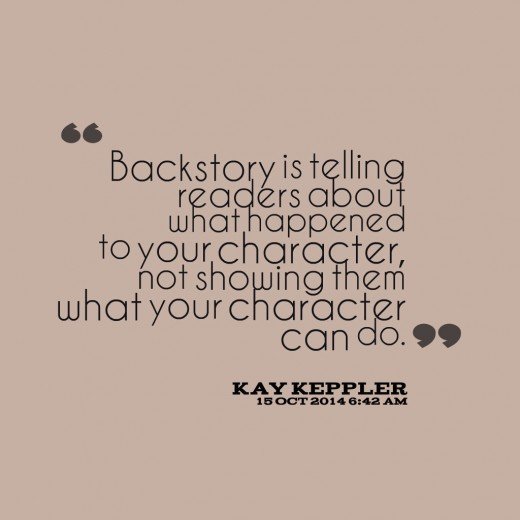Writing a Synopsis an Editor Will Read by Kay Keppler
 Let’s welcome back monthly columnist, editor, and novelist, Kay Keppler, as she shares with us “Writing a Synopsis an Editor Will Read.” Enjoy!
Let’s welcome back monthly columnist, editor, and novelist, Kay Keppler, as she shares with us “Writing a Synopsis an Editor Will Read.” Enjoy!
***
Have you tried writing a synopsis? Do you hate it? You’re not alone.
The synopsis is probably the single most hated document for authors to write, but we do it because publishers and agents usually demand it.
The synopsis requires that you tell the entire narrative arc of your book from beginning to end, in 500 or 600 words, and make it interesting. That’s tough.
Why bother?
Agents and editors want to see that you can plot. Does your story make sense? Are your characters’ actions consistent, is the arc compelling and your structure solid?
A synopsis reveals these problems—and also reveals how fresh your story is.
If they’ve read it before a million times, they may not bother to go further with yours.
The good news: Industry pros usually don’t expect miracles. Keep it simple. You’ll be fine.
Getting started
Your synopsis should tell the kernel of your story, no more. Keep the focus on your protagonist. Identify him or her, the conflict, and the setting by the end of the first paragraph. Add the stakes. Include what drives that conflict, and how your protagonist handles it. Finally, reveal the ending. Tell how the conflict is resolved and how your character changes as a consequence.
If you do all that in a couple of pages, you won’t have much room for anything else. Most or all of your other characters except for your villain will have to be left out. Same for your subplots.
Anything or anyone that doesn’t affect the story outcome should be excluded. But if the synopsis doesn’t make sense without including that secondary character, then keep him in. State if you’re writing genre fiction, and include all the major turning points associated with that formula.
Give it some juice
While the synopsis must clearly detail the broad strokes of your plot in a short space, try to bring your story to life. Include your character’s emotions.
Think in terms of how you’d structure a scene: start with the incident (your plot point), then add your character’s feelings (reaction), then describe the decision and story action. (So, this happened, Hero got mad, decided to act, then did something.)
Avoid common synopsis pitfalls
First rule: Always stick to the basics.
- Use the proper names of your protagonist and antagonist, but don’t include the names of secondary characters. Adding a name to the synopsis telegraphs that that character is important to the story, when really, he might be important for only one scene, to force that turning point, for example. When you add a name, it’s customary to type it in ALL CAPS, so it’s easy for agents or editors to see quickly who the key figures are.
- Don’t explain your story’s themes. This synopsis tells the story; it doesn’t try to interpret it.
- Avoid character backstory. A phrase or two is plenty to indicate a character’s background; keep your synopsis in the now.
- Avoid dialogue.
- Don’t ask rhetorical or unanswered questions.
- Don’t split your synopsis into sections, label plot points, or use subheads.
- Avoid flowery language or lengthy description. You don’t have the space to show; you just have to tell. Use third person, present tense, even if your novel is written in first person. Keep your language lean and powerful.
Your story sells itself
Remember: the synopsis isn’t sales copy. Don’t include cliff hangers. It’s more important to be clear than colorful. The synopsis tells the publishing professionals that you can plot; it’s your sample pages that tell them you can write. Good luck!
***
ABOUT THE AUTHOR
Kay Keppler is an author Zero Gravity Outcasts, Betting on Hope, Gargoyle: Three Enchanting Romance Novellas, and editor of fiction and nonfiction –Angel’s Kiss and Outsource It!
is an author Zero Gravity Outcasts, Betting on Hope, Gargoyle: Three Enchanting Romance Novellas, and editor of fiction and nonfiction –Angel’s Kiss and Outsource It!
She lives in northern California. Contact her here at Writer’s Fun Zone in the comments below, or at kaykeppler@yahoo.com to ask questions, suggest topics, or if you prefer, complain.






